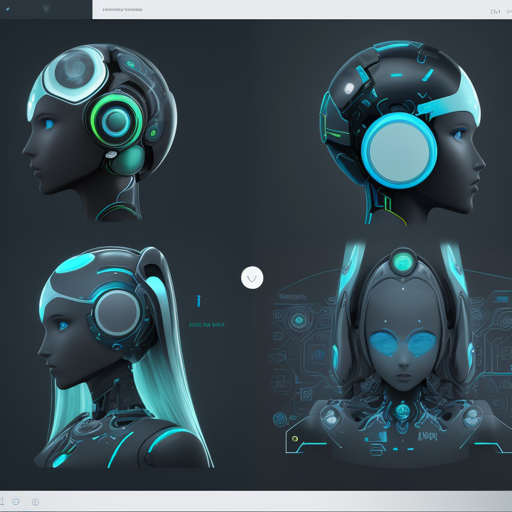Welcome to the world of bilingual large language models (LLMs) that bridge the gap between Arabic and English! The Jais family of models is designed to excel particularly in Arabic while supporting English, promising an array of applications for researchers and developers alike. This guide will walk you through the steps necessary to utilize these powerful models, troubleshoot common issues, and unleash their full potential.
Understanding the Jais Family of Models
The Jais family includes two main types of models:
- Models pre-trained from scratch (jais-family-*)
- Models pre-trained adaptively from Llama-2 (jais-adapted-*)
How to Use the Models
Here’s a straightforward code sample to help you get started:
# -*- coding: utf-8 -*-
import torch
from transformers import AutoTokenizer, AutoModelForCausalLM
model_path = "inceptionai/jais-family-30b-8k"
device = "cuda" if torch.cuda.is_available() else "cpu"
tokenizer = AutoTokenizer.from_pretrained(model_path)
model = AutoModelForCausalLM.from_pretrained(model_path, device_map="auto", trust_remote_code=True)
def get_response(text, tokenizer=tokenizer, model=model):
input_ids = tokenizer(text, return_tensors="pt").input_ids
inputs = input_ids.to(device)
input_len = inputs.shape[-1]
generate_ids = model.generate(
inputs,
top_p=0.9,
temperature=0.3,
max_length=2048,
min_length=input_len + 4,
repetition_penalty=1.2,
do_sample=True,
)
response = tokenizer.batch_decode(
generate_ids, skip_special_tokens=True, clean_up_tokenization_spaces=True
)[0]
return response
text = "عاصمة دولة الإمارات العربية المتحدة ه"
print(get_response(text))
text = "The capital of UAE is"
print(get_response(text))
In this code, we utilize the Jais model to generate responses based on Arabic and English inputs. Think of the model as an intelligent bilingual librarian who, when asked a question in either language, will provide you with a well-thought-out answer using the wealth of books (data) it has read.
Training and Adaptation Techniques
The Jais models are trained on a staggering amount of diverse data, including text from websites, books, and code. The training data for these models encompasses up to 1.6 trillion tokens in both Arabic and English, which enables them to understand and generate human-like responses effectively.
Troubleshooting Common Issues
If you run into issues, consider the following common troubleshooting tips:
- Ensure that your environment has PyTorch and the necessary libraries installed.
- Check if your GPU is correctly recognized by the system; if `cuda` is not available, the model will default to CPU, which might be slower.
- If the API fails to respond, try reducing the
max_lengthparameter in thegeneratemethod. - To avoid unexpected bugs, ensure
trust_remote_code=Trueis active while loading models.
For more insights, updates, or to collaborate on AI development projects, stay connected with fxis.ai.
Conclusion
At fxis.ai, we believe that such advancements are crucial for the future of AI, as they enable more comprehensive and effective solutions. Our team is continually exploring new methodologies to push the envelope in artificial intelligence, ensuring that our clients benefit from the latest technological innovations.

